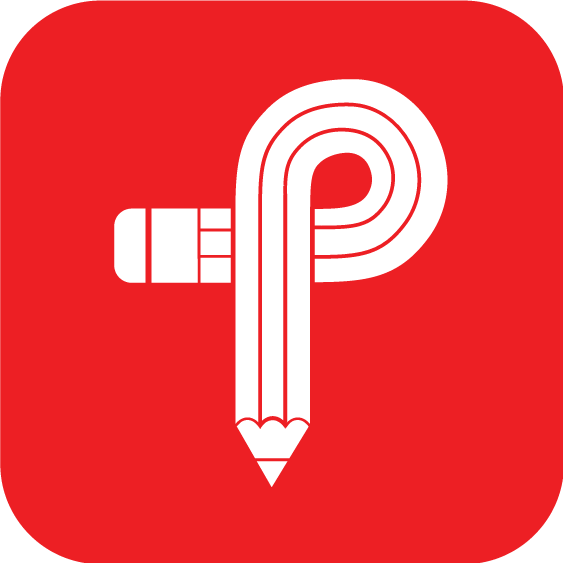“Somewhere along the way, we forgot simple UX.”
My friends, we’ve lost our way.
In simpler times, there were three solid pillars that planners built upon: a calendar, a to-do list, and notes. This was the foundation used to obtain great success, including by such notable names as Franklin Planner and the PalmPilot. This was also the foundation that Ethan Parker used when he created Parker Planners in 2006, distributing a paper planner that was first sold in the BYU Bookstore, then in hundreds of colleges throughout the United States after gaining popularity.
Unfortunately, paper planner sales took a nosedive when smartphones hit the market. For Parker — who taught himself to code and has spent time as a developer for Vivint Solar, Jive Communication, Domo, MX, and Owlet — the remedy was simple: go digital.
The first version of the Parker Planner iOs app was released in 2012, adhering to the same three tenements that made the paper version successful: calendar, to-do list, and notes. In a sea of productivity apps that seem to have forgotten the planning basics, Parker sees the user experience of Parker Planners as a great distinguisher.
“Somewhere along the way, we forgot simple UX,” said Parker. “There are thousands of calendar apps but when you look at the UX, you see one person’s interpretation of what effective planning is, what great productivity is. But it doesn’t translate to many people, that’s why there’s so many of them. I try to get out of the way and give you the free space you need to think and manage on your own.”
![]()
Today marks the official release of the Parker Planners iPad app, guided by the same simple UX as the original. The business model: a subscription approach, either $2 per month or $20 per year.
“I’ve simplified the UX so much that it seems familiar and usable without instruction for everybody that handles it,” said Parker.
Parker plans to release a Mac app later this year, with extended plans to add Parker Planners on Android and Windows. Regardless of how many different versions he creates, the basic game plan remains the same — calendar, to-do list, notes, and simple UX.
“Mobile development has been my full-time job and also my hobby for a long time,” said Parker. “We’re not just another planner app, we’ve been in consumer goods for 10 years now…What I really love is providing something that is genuinely useful to people.”




